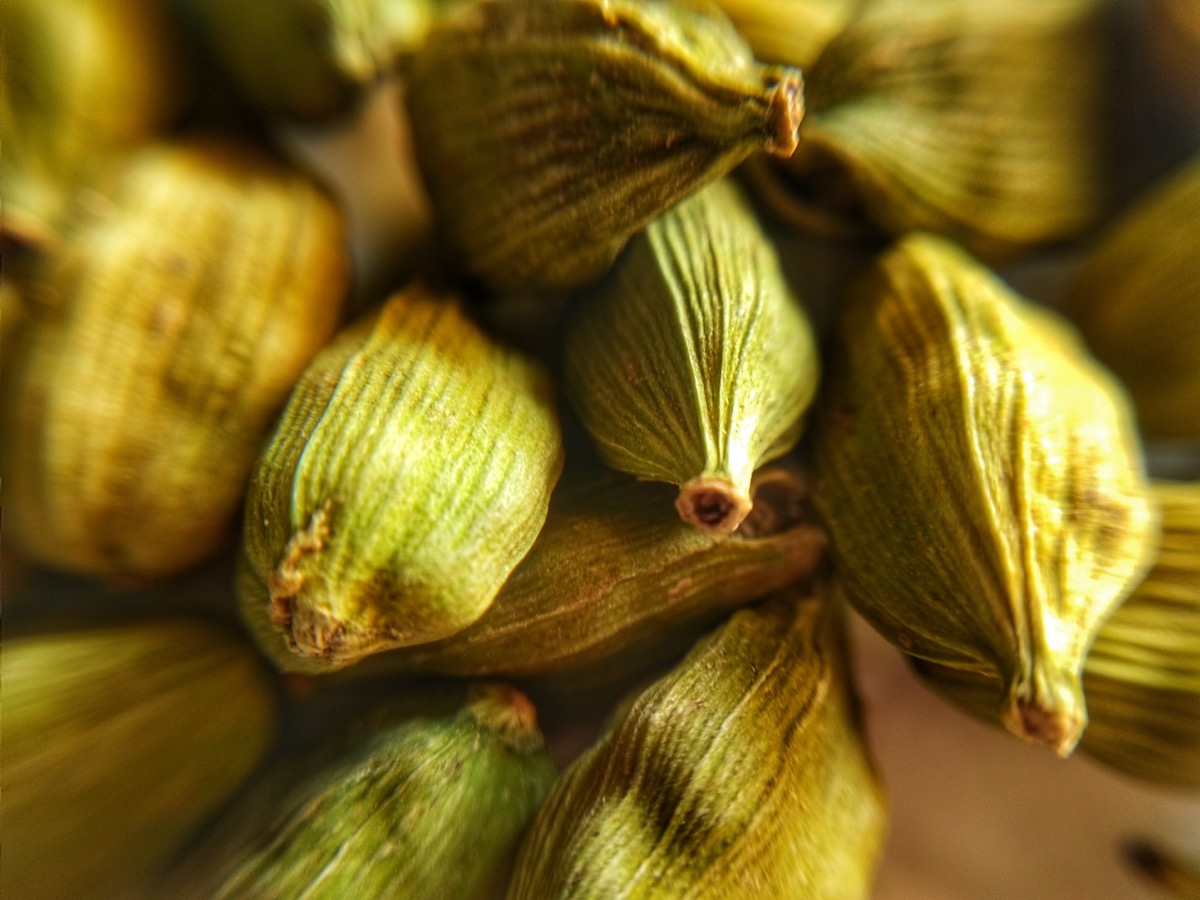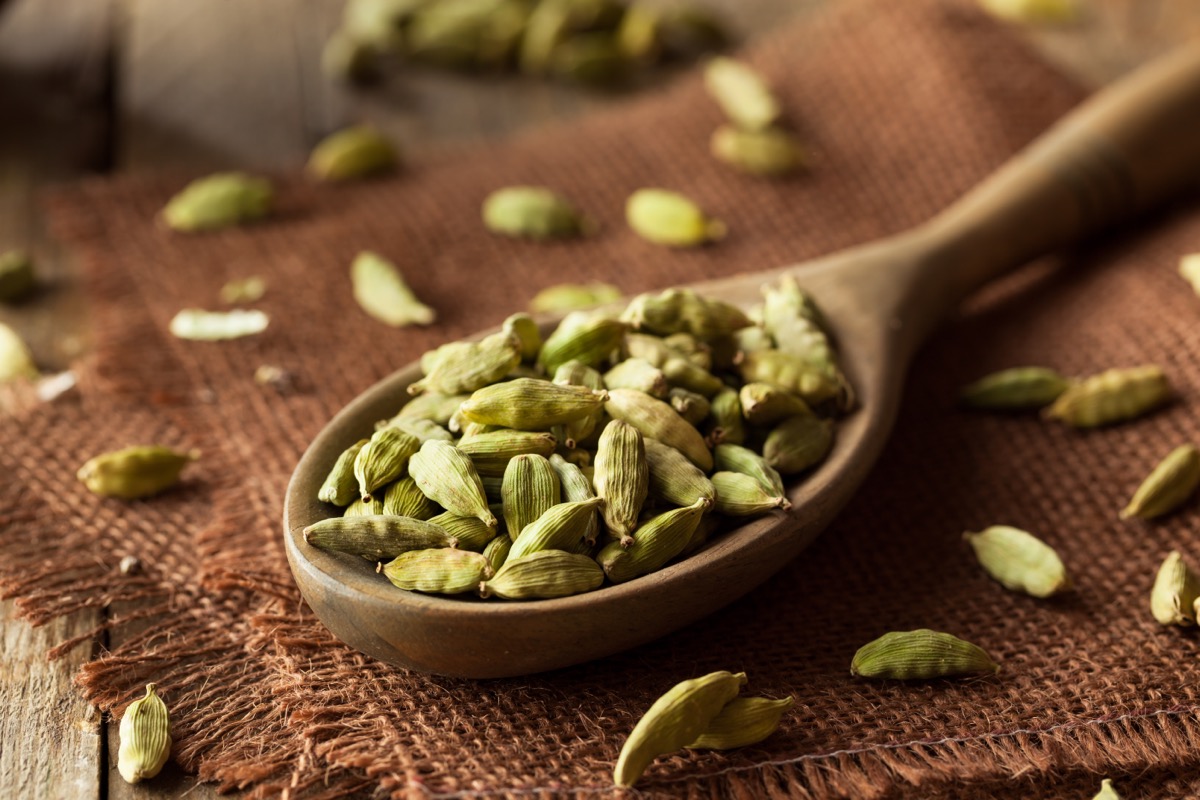With its exotic aroma and versatile uses, Cardamom is not just a spice but also a plant that can be cultivated in your backyard. Cardamom, also known as the “Queen of Spices,” is a perennial herbaceous plant in the ginger family. With proper cultivation techniques, Cardamom plants can yield significant profits.

Cardamom Plant Growing Conditions: Lifespan, Height, Price, And Growing Time
Cardamom plants are known for their impressive height, reaching 5 meters or 16.4 feet. These plants have an economic lifespan of around 10-15 years, providing growers ample time to cultivate and harvest this valuable spice. Cardamom prices in India can vary based on quality, location, and market conditions.
The average wholesale price of green Cardamom in India ranges between 600 and 2,000 Indian Rupees per kilogram. Cardamom plants generally start bearing fruit two years after planting. This means patience is required for farmers who want a bountiful harvest. The peak period for harvesting Cardamom usually falls between October and November in most areas.
Soil Requirements for Successful Cardamom Plant Cultivation: Composition, pH, and Drainage
The composition, pH level, and soil drainage significantly determine the plant’s growth and yield. Cardamom plants thrive best in well-draining soils that are rich in organic matter. Maintaining an optimal pH level is also essential for successful Cardamom cultivation. The recommended pH range for Cardamom plants is between 6.0 and 7.5. Providing suitable soil conditions for your Cardamom plants is vital for their overall health and productivity.
Understanding the Different Varieties of Cardamom Plants and Their Growing Conditions
Malabar (Nadan/Native): Malabar Cardamom, also known as Nadan or Native Cardamom, is deeply rooted in the lush lands of Kerala. Its unique characteristic lies in its horizontal growth habit, with panicles gracefully sprawling across the fertile soil. This variety thrives under specific growing conditions found in this region.
Mysore: Originating from Karnataka, Mysore Cardamom showcases its distinctiveness through upward-growing panicles reaching the sky. The vertical growth pattern sets it apart from other varieties and contributes to its optimal development within suitable climatic conditions prevalent in this area.
Vazhuka: It combines elements of horizontal and vertical growth patterns by displaying panicle orientation that lies somewhere between these two extremes. This natural hybridization has led to increased cultivation on a larger scale due to its desirable characteristics.
The Lifespan of Cardamom Plants: Factors Affecting Longevity and Sustainability
The lifespan of Cardamom plants is influenced by various factors that affect their longevity and sustainability. One key factor is the quality of the planting material used. Using healthy and disease-free seeds or rhizomes ensures a strong plant growth start. Another important aspect is proper cultivation practices of Cardamom, such as regular weeding, mulching, and providing adequate shade.
These practices help in maintaining optimal growing conditions and preventing weed competition. Additionally, water availability plays a crucial role in determining the lifespan of Cardamom plants. Adequate irrigation should be provided during dry spells to avoid plant stress. Furthermore, pests and diseases can significantly impact the health and lifespan of Cardamom plants.
Regular monitoring and timely intervention through organic pest control methods are necessary to ensure sustainable growth. Environmental factors like temperature fluctuations and extreme weather events can also affect Cardamom plant health. Proper management strategies to protect against these challenges contribute to longer-lasting crops.
Exploring the Optimal Height for Cardamom Plants: Ideal Growth Conditions
The ideal growth conditions vary depending on various factors such as soil composition, climate, and cultivation practices. Cardamom plants typically reach a height of around 5 meters when grown under favorable conditions. Soil preparation is essential to ensure the ideal growth conditions for Cardamom plants. The soil should have good drainage capabilities and be rich in organic matter. Providing sufficient water without overwatering is important, as excessive moisture can be affected by root rot or other fungal diseases.
In case you missed it: How to Pollinate Cardamom Plants: Hand Pollination, Natural Pollination Methods, and Tips

Exploring the optimal height for Cardamom plants involves understanding the ideal growth conditions, such as proper soil composition, suitable climate requirements, temperature and humidity levels, and appropriate watering practices. By providing these essential elements consistently throughout their lifespan, growers can help ensure healthy growth and maximize yield potential.
Evaluating the Price Factors of Cardamom Plant Cultivation: Cost Analysis and Profitability
Most farmers who cultivate Cardamom have around 250 to 500 plants in their land. With proper care and maintenance, these plants yield an impressive amount of dried Cardamom each year – ranging from 3000 to 6000 kilograms. The production value of Cardamom crops can vary depending on several factors, such as quality, market conditions, and geographical location.
On average, most farmers earn 2 to 4 lakhs rupees per year through the sale of Cardamom. Most farmers make an annual profit from Rs.75000 to Rs.150000 by cultivating this aromatic spice. = With its high demand and profitable returns, it’s no wonder that more and more farmers are turning towards Cardamom cultivation to secure their livelihoods.
The Growing Time of Cardamom Plants: From Seed to Harvest
Cardamom plants have been cultivated with aromatic seeds that uniquely flavor dishes for centuries. The growing time of Cardamom plants can vary depending on various factors such as climate and cultivation practices. Generally, it takes around two years for the plants to start bearing fruit after planting. The plant establishes its root system and develops strong stems during this initial period.
Once the plant reaches maturity, usually around three years old, it produces panicles or flower spikes. These panicles contain small flowers that eventually develop into Cardamom pods. The flowering period typically lasts several weeks. After pollination occurs, the pods begin to grow in size and slowly ripen over several months.
Harvesting usually occurs during the peak season of October-November, when most pods are mature and ready to be picked. Farmers need to monitor their Cardamom plants closely during this growth period. Regular maintenance tasks such as weeding, fertilizing, and watering are necessary to ensure optimal growth and yield.
Environmental Factors Influencing Cardamom Plant Growth: Temperature, Humidity, and Light Requirements
These tropical beauties thrive in temperatures ranging from 15°C to 35°C. Anything below or above this range can hinder their growth and development. The relative humidity should be around 70% to ensure these plants are happy and healthy. In addition to temperature and humidity, light requirements are vital for Cardamom plant growth. They prefer partial shade to direct sunlight, as excessive exposure can damage their delicate leaves. Providing filtered or dappled sunlight throughout the day will keep your Cardamom plants thriving.
Watering and Irrigation Practices for Healthy Cardamom Plants: Frequency and Quantity Guidelines
Adequate water supply is essential for their growth and development. Cardamom plants require regular watering, especially during the dry seasons. Watering them at least once weekly ensures the soil remains evenly moist. However, avoiding overwatering is important as it can lead to root rot and other diseases.
Irrigating Cardamom plants early in the morning or late evening is best when evaporation rates are lower. This helps prevent excessive moisture loss from foliage due to high temperatures during the day. Regarding irrigation methods, drip irrigation is highly recommended for Cardamom plantations.
Nutrient Management in Cardamom Plantations: Fertilization, Organic Amendments, and Pest Control Measures
Proper nutrient management is crucial for the healthy growth of Cardamom plants. Fertilization is vital in replenishing essential nutrients in the soil and promoting robust plant development. To ensure optimum nutrient availability, it is recommended to conduct soil tests regularly. Generally, balanced NPK (Nitrogen-Phosphorus-Potassium) fertilizers provide adequate nutrition to Cardamom plants.
In case you missed it: 9 Causes of Dying Cardamom Plant and How to Fix Them?

In addition to synthetic fertilizers, organic amendments can also be incorporated into the soil. These include composted farmyard manure, vermicompost, leaf litter, and coconut husk pith. Organic amendments enhance nutrient content and improve soil structure and water-holding capacity. Pest control measures are essential to protect Cardamom plants from various pests and diseases that can hamper their growth. IPM (Integrated Pest Management) techniques should be employed to minimize chemical pesticide usage and promote sustainable cultivation practices.
Conclusion
Cultivating Cardamom requires specific growing conditions, such as well-drained soil rich in organic matter and partial shade. Growing Cardamom requires specific conditions to thrive. Furthermore, cultivating Cardamom contributes to environmental sustainability.
- Feed Your Flock for Less: Top 10 Tips to Save on Chicken Feed
- Ultimate Guide to Ossabaw Island Hog: Breeding, Raising, Diet, and Care
- Hatching Answers: The Top 10 Reasons Your Chickens Aren’t Laying Eggs
- Eggs and Economics: Breaking Down the Cost of Raising Backyard Chickens
- Defend Your Greens: Proven Methods to Keep Iguanas Out of Your Garden
- Ultimate Guide to Cinnamon Queen Chicken: A Comprehensive Guide for Beginners
- Ultimate Guide to California Tan Chicken: Breeding, Raising, Diet, Egg-Production and Care
- Ultimate Guide to Marsh Daisy Chicken: Breeding, Raising, Diet, and Care
- 10 Types of Chicken Farming Businesses You Can Start for Profits